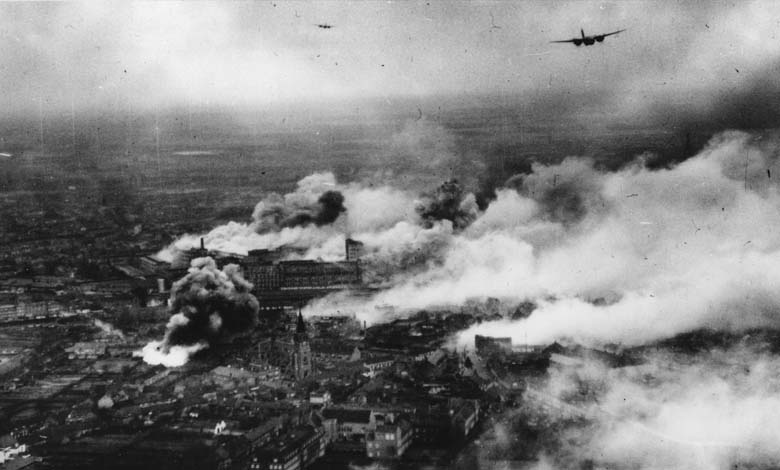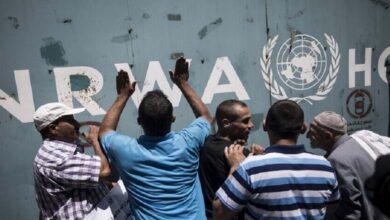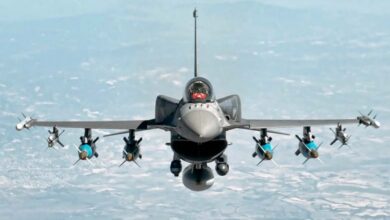The Most Bombed Country in History Might Surprise You

Similar to calculating public debt or income per capita, the impact of bombing can be measured on a per capita basis in the targeted country, revealing a striking surprise.
From 1964 to 1973, over two million tons of munitions were dropped in 580,000 aerial sorties—equivalent to a plane releasing its load every 8 minutes, 24 hours a day, for 9 years—on Laos, as reported by The Times of India.
-
Ukrainian Incursion in the Largest Attack on Russia Since World War II: What Is Happening on the Border?
-
World War II: The Strangest and Most Failed Weapons
The volume of bombs dropped on Laos far exceeds the total bombs dropped during World War II combined.
Among these bombs, at least 270 million cluster bombs were dropped, with an estimated 30% remaining unexploded.
Laos, a landlocked country bordered by China, Myanmar, Vietnam, Cambodia, Thailand, and the Mekong River, found itself at the heart of geopolitical turmoil. Its proximity to Mao Zedong’s China became a liability, as U.S. President Dwight Eisenhower believed that “the fall of Laos to communism could lead to the fall of the rest of Southeast Asia.”
-
The Victory Sign (V)… A Historic Journey that Began with the Hundred Years’ War
-
World War Preparations? Europe’s Weapons Stuck on the Rails
On the day of his farewell speech in 1961, Eisenhower approved the CIA’s training of anti-communist forces in the mountains of Laos. Their mission was to disrupt communist supply routes, such as the Ho Chi Minh Trail, to Vietnam.
However, U.S. ground warfare in Laos was not an option. As early as 1961, President John Kennedy wrote that “Laos… is an extremely inhospitable area for a military campaign. Its geography, terrain, and climate pose major obstacles.”
Bombing Laos was seen as a safer method to cut off communist supply lines to Vietnam before they could be used against U.S. forces.
-
“The Deadly Lake”.. The Ghost of the Cold War Haunts a Russian Region
-
Pokrovsk… the “Gateway to Donetsk” that Russia is striving to seize
The Laotian Civil War ended in 1975 when the Pathet Lao seized control, establishing a one-party communist state and isolating the country from the world.
War Remnants in Laos
Unfortunately, by the time NGOs like the Mine Advisory Group (MAG) were allowed to intervene for demining efforts in 1994, tens of thousands of people had been killed or injured by these dangerous unexploded remnants.
-
Why Will Conspiracy Theories About the “CIA” Not Disappear?
-
“Dollar Princesses”: When Royal Titles Become a “Business”
In 2020, the U.S. government allocated $45 million to detect and dispose of unexploded bombs in Laos, with part of the resources funding equipment for NGOs like MAG.
The Laotian government has set a goal to clear all mines by 2030, viewing them as a barrier to the country’s development.
However, according to a study by the U.S. Congressional Research Service, at the current pace, it will take a century to clear the deadly remnants of this war.












